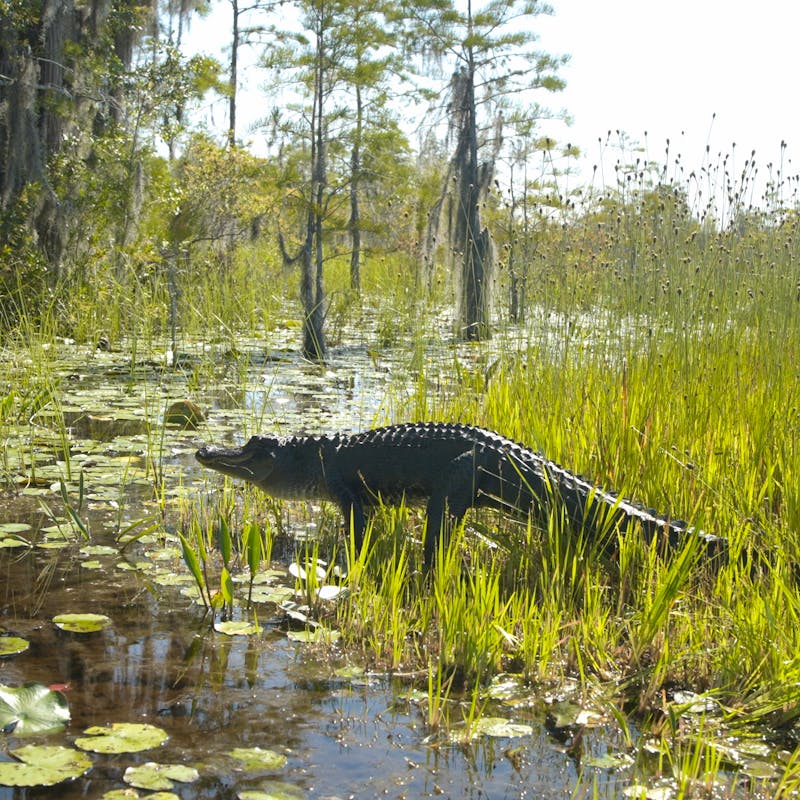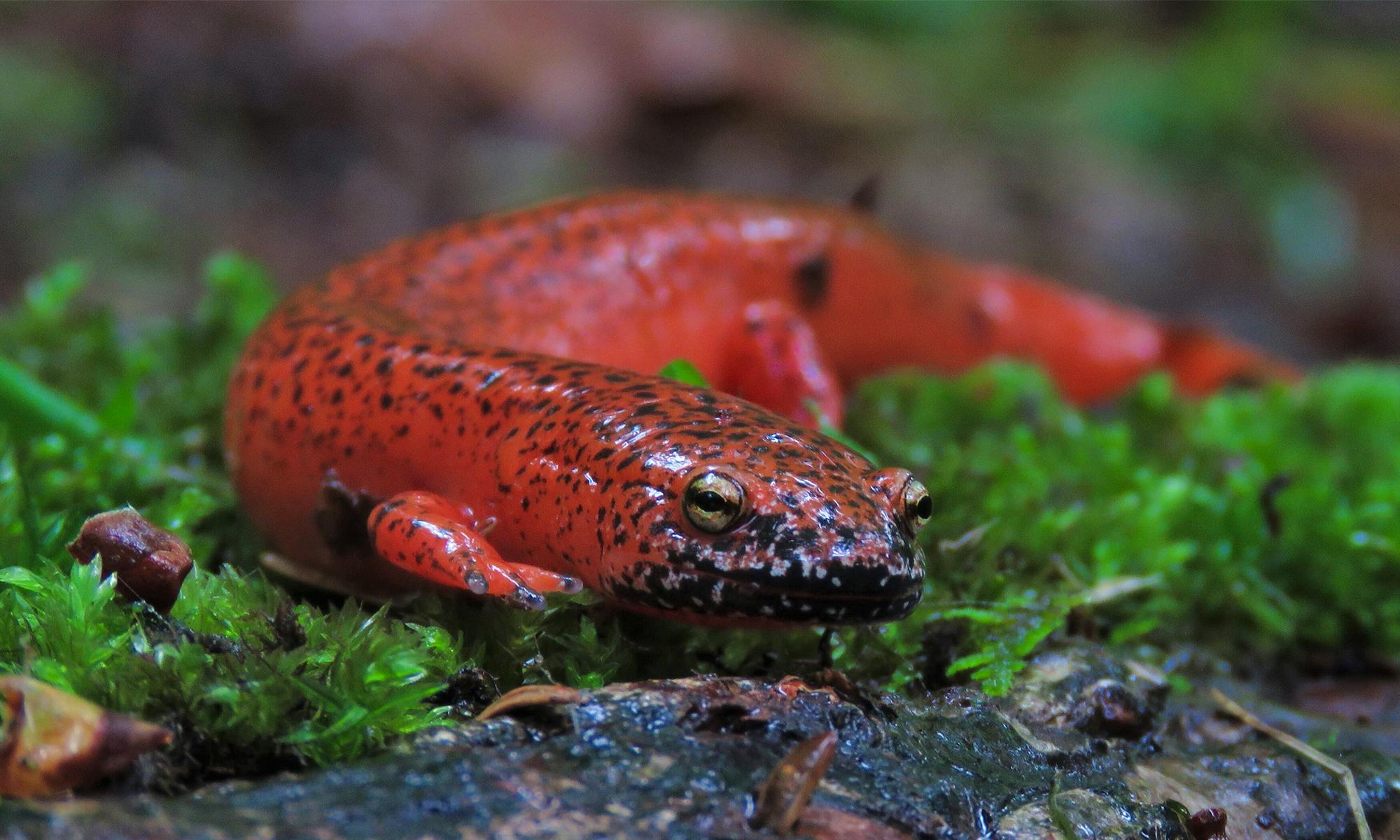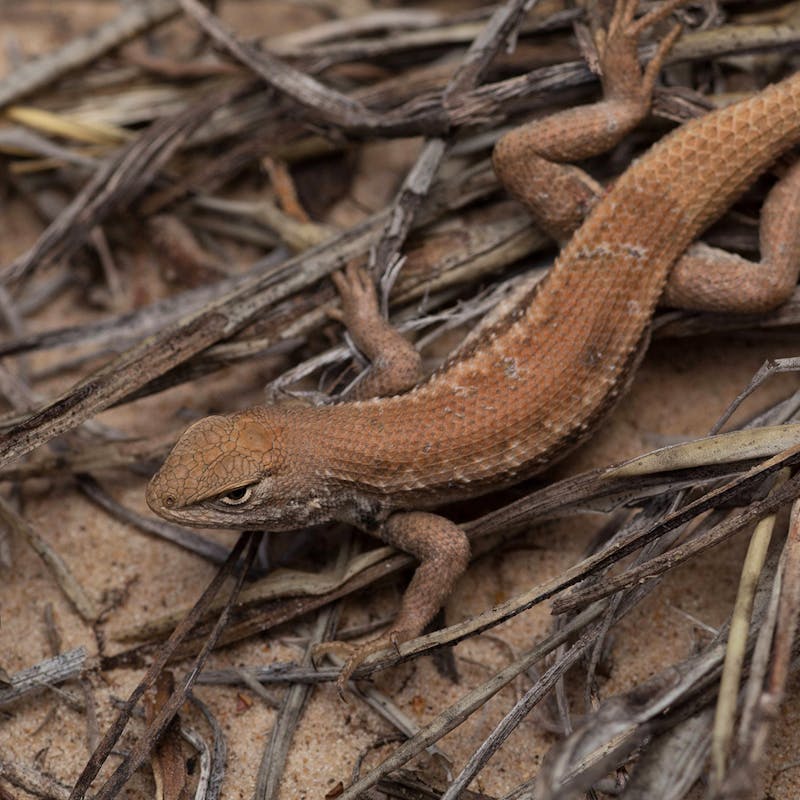Join our mobile Rapid Response Network!
You can be the first to hear about how we’re going to hold this administration accountable and how you can fight back for wildlife!
Amphibians, like frogs, toads and salamanders, are known as indicator species.
They are extremely sensitive to changes in the environment and can give scientists valuable insight into how an ecosystem is functioning. And because amphibians are both predators and prey, many other animals are affected by them. The U.S. has more species of salamanders than any other place in the world.
They come in species large and small, brightly colored or well-camouflaged, frilled, spotted, and every other variation you can think of, and the entire menagerie is right here in our own back yards and woods. Sadly, many species are already threatened or endangered as their habitats become smaller and more developed and polluted by human activity.
And now, these animals may be facing what experts are calling an “amphibian apocalypse."
Amphibians are facing many threats to their survival. Chytrid fungus is literally decimating populations of frogs and other amphibians around the world. Chytrid dries out their skin and affects their ability to regulate moisture. Domestic and international trade of amphibians for use as exotic pets, food and medicines are wreaking havoc with their numbers. They are also affected by habitat loss, pollution, pesticides, roads through habitat, competition from invasive species and climate change.

Defenders' Impact
Defenders is working across the country to prevent destruction of wetland habitat.
We support wetland protections, like California’s State Water Resources Control Board’s final State Wetland Definition and Procedures for Discharges of Dredged or Fill Material to Waters of the State, adopted in early 2019 after decades of work. We also fight for federal protections of the Clean Water Act.
Defenders of Wildlife is a partner in the Panama Amphibian Rescue and Conservation (PARC) project to rescue amphibians that are in extreme danger of extinction throughout Panama due to the spread of the deadly chytrid fungus. We are in a race to find a cure and to build an amphibian ark to house the frogs rescued from the jungles of Panama until they may be re-introduced to the wild.
We pushed for regulations under the Lacey Act to prevent Chytrid fungus from entering the country.
What You Can Do
For starters, don’t touch—unless you are moving them out of harm’s way. Salamanders have absorbent skin and the oils, salts and lotions on our hands can do serious damage. If you are helping them cross a road, move them in the direction they are headed and try to wet your hands first. To not hit them yourself, try to avoid roads that cut through forests and wetlands on wet spring nights.
Never use rat poison, chemical pesticides, herbicides or fungicides around your home. These substances wash off into nearby forests and wetlands and can kill salamanders or cause deformities.
When enjoying the great outdoors avoid DEET, which is extremely harmful to amphibians. Instead, wear bug-repellent net jackets and pants over your clothes. Remember to stay on designated paths to prevent stepping on salamanders as they shelter in the underbrush.
In winter, use sand instead of road salt on slippery pavement. Salt washes off into wetlands during snow melts. Salts can dry up and kill salamanders, and can destroy up to 56 percent of salamander eggs when the water drains to roadside ponds, according to a study by Yale School of Forestry.
Do not catch or buy salamanders from the wild to keep as pets or use as fishing bait.
Reach out to U.S. officials and encourage them to take action to keep the deadly Chytrid fungus out of the U.S. and away from our vulnerable native salamanders.

About
Amphibians live across North America in streams, bogs, rivers, ponds, lakes, vernal pools and forests.
There are about 230 species of amphibians, including about 190 species of salamanders and 90 species of frogs and toads, that can be found in the continental United States.
The name amphibian comes from the Greek language and means "living both lives." Many frogs, toads and salamanders are born in water as tadpoles and gradually change into their adult forms.
Amphibians have a wide variety of diets, eating pretty much anything smaller than them – some eat insects, worms, fish, spiders, or other amphibians.
Featured
Texas Treasures - 7 Species That Call Texas Hill Country Home
Read more about Texas Treasures - unique and imperiled aquatic wildlife found in Texas with a restricted and limited habitat.
Read More About Amphibians
News










